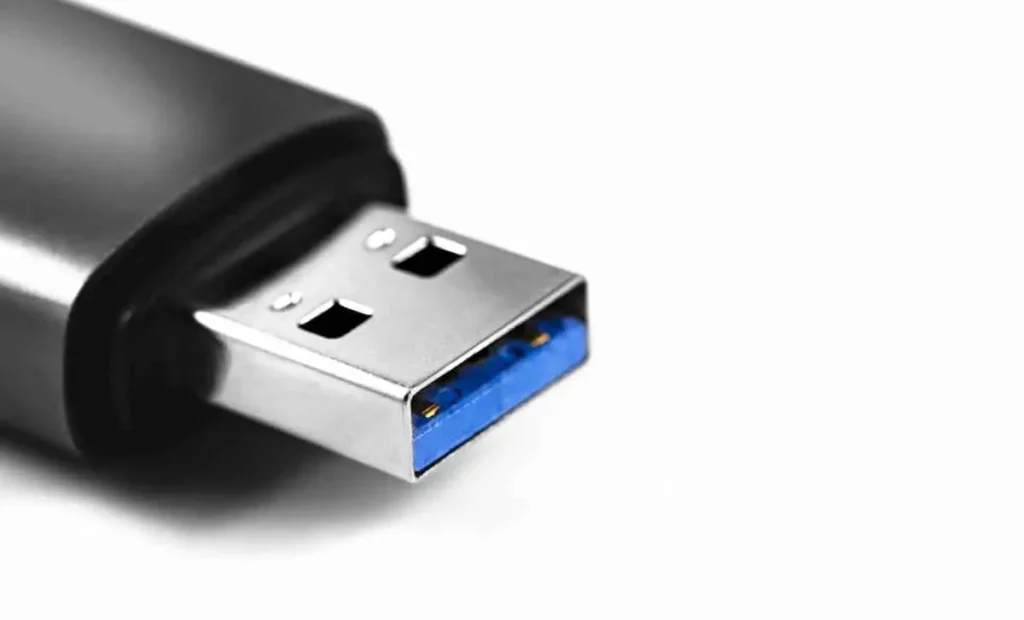Every gamer craves an incredible experience provided by the best devices. So, they’re always on the lookout for tools that will improve their speed and response. Many gaming enthusiasts are now using USB 3.0 on their mice, but is it better for gaming?
USB 3.0 isn’t better for gaming. Although it has a higher data transferability and uses less power, it makes no difference to the gaming mouse. Hence, there’s no added advantage of using USB 3.0 for gaming.
This article will address a few topics related to the question. You don’t want to miss any facts on the impact of USB 3.0 on online gaming. So, keep reading to learn more!

Why USB 3.0 Doesn’t Improve Gaming
USB 3.0 (Universal Serial Bus) is the latest USB version, capable of transferring up to 5 GB of data. It is the USB type you’ve been using on your smartphone or external hard drives. It doesn’t consume much power despite its high speed and data transfer.
Due to its higher speed and output than previous USB versions, many gamers wonder whether it can enhance their gaming experiences. So, it has been a widespread belief that this USB version can improve the gaming mouse’s speed. But, is this the case?
It does not improve a gaming mouse’s speed. Gaming mice are inherently slow devices, and USB ports will not enhance their quality. Therefore, you don’t need to plug your mouse into it 3.0 for gaming, and you can still use USB 2.0.
Mice, PC keyboards, and flash drives use the Type-A of USB 3.0. The blue-colored connector is rectangular and comprises nine in-built pins. When connected to these devices, the USB 3.0 facilitates data transfer.
Now, why doesn’t a gaming mouse require USB 3.0?
A gaming mouse is faster than a regular mouse as it has a better polling rate. A mouse’s polling rate refers to how many times it refreshes itself every second. Most gaming mice have polling rates between 800 Hz and 1000 Hz.
Nonetheless, gaming mice are slower than other gaming devices.
The gaming mouse’s polling rate determines the interval between moving your mouse and the cursor updating on your computer’s screen. Hence, the higher the polling rate, the better the response speed. However, high polling rates are not ideal for all games.
USB ports have lower polling rates than most gaming mice. For instance, It has a response speed of 125 Hz. While the gaming mouse is refreshing 800 times every second, the USB port only responds 125 times per second. Therefore, plugging your mouse’s USB port has no added advantage.
USB ports don’t significantly improve a gaming mouse’s polling rate. Your mouse can perform sufficiently with the USB 1.0 or 2.0 versions.
Does USB 3.0 Make Any Difference to a Gaming Mouse?
USB 3.0 doesn’t make any difference to a gaming mouse. Unlike many gamers’ beliefs, plugging your mouse into USB 3.0 won’t enhance its performance. However, it will also not cause any power draw.
Your gaming mouse doesn’t require it to perform excellently. Since USB 3.0 is incredibly fast, it will transfer data quickly from your PC to the mouse and vice versa. On the other hand, the gaming mouse has a higher polling rate than the USB port but is slower at data transfer.
The ports transfer data quickly since it has more connectors than the previous versions. Moreover, it has standard USB 2.0 port connectors that support backward compatibility through enumeration. You can plug either port into your gaming mouse.
Connecting a USB 3.0 port to a gaming mouse that lacks additional connectors will automatically transfer the USB to the 2.0 port. You’ll not notice any difference in the mouse’s performance as it will behave like it’s using a USB 2.0 port.
Does USB 3.0 Reduce Input Lag?
A USB 3.0 port has no significant influence on the mouse’s input lag. Although it has a higher data transmission rate, it doesn’t improve a mouse’s response time or overall speed. Ultimately, it won’t make your gaming experience better.
So, what does input lag mean for a gaming mouse?
Input lag refers to the delay between the moment you press a button on your gaming mouse and the time something changes on your screen. As I mentioned earlier, this interval depends on your gaming mouse’s polling rate. Most gaming mice have a polling rate of 1000 Hz (1 ms lag).
Some gamers opt to use its ports to minimize their mice’s input lag. But, this move is ineffective. Its ports could show some latency improvements. It occurs in microseconds and may not be significant.
Therefore, if you’ve been noticing some lagging on your mouse, it could be that your CPU has some issues. It’s recommended to have an expert inspect instead of switching to its port.
Final Thoughts
Many gaming enthusiasts switched to using its ports after their release, believing that they would enhance their gaming experience. However, it’s been proven that a USB 3.0 port has no added value to a gaming mouse.







